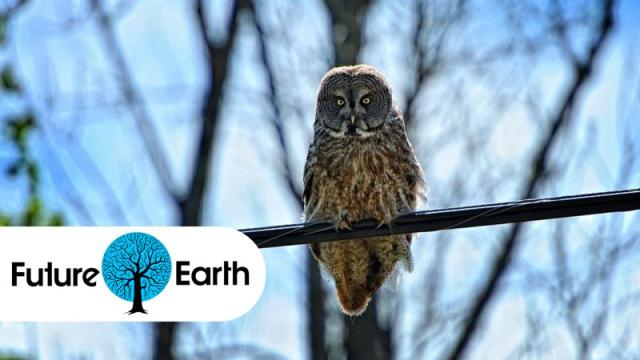Look around your city. You’ll see pigeons, rats, maybe a few possums. But the typical array of urban wildlife is about to become incredibly biodiverse, thanks to efforts from humans to make their cities wilder and more sustainable places.
Right now cities are experimenting with introducing more animals into their environments. These creatures will not only help repopulate our cities with nature, but in many cases they’re working alongside humans to help transform the landscape into a healthier, more beautiful urban wilderness.
Revitalizing Urban Water
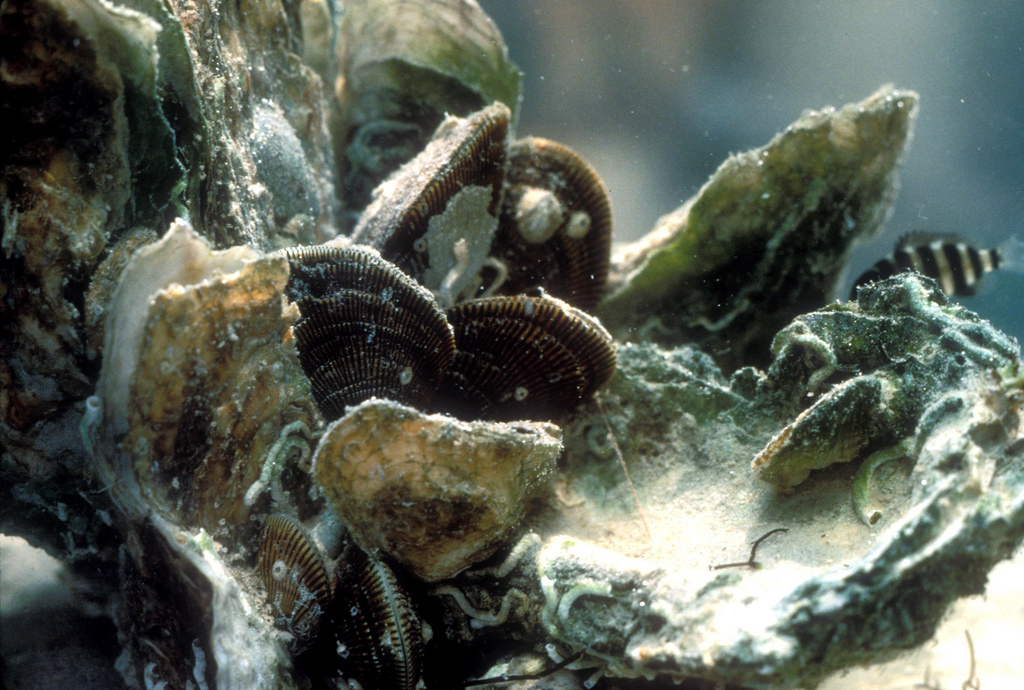
The health of any body of water is dependent on the health of its bottom-feeders. In this case, the first step to making urban waters livable for everything else is filling them with hungry, hypereffcient shellfish. And nearly every plan to turn urban rivers around begins by seeding them with oysters.
Oyster-tecture has been one of the major hopes of the urban wildlife movement since the 1980s, but recently more and more studies have come out indicating it might just work.
It works, in part, because shellfish remove the stuff we can’t. While we can dredge and fish out the large pieces of trash, oysters take up the bacteria and other material that will choke out or poison larger species. That makes oysters the great hope of the US east coast, and there are plans to introduce them into rivers from the Bronx to the Potomac. Chesapeake Bay may get the same treatment. In San Francisco, ecologists plan to clean the bacteria out of a polluted urban lake by floating rafts of clams on the lake.
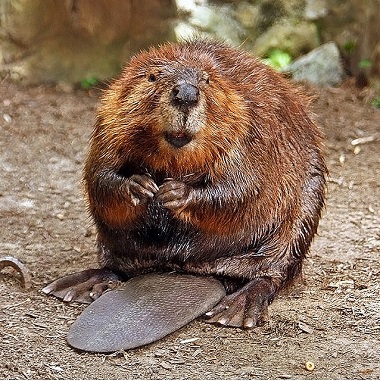
The next step is to biologically connect the rivers to the oceans again. Salmon don’t have to be confined to Alaska and deli counters. Neither do blueback herring, or alewife, or any of the many other fish that spend part of their lives in the ocean and part of their lives in rivers.
These so-called diadromous fish have been partly killed off by pollution or oxygen-sucking algal blooms, and partly by the diverting or blocking of the rivers themselves. But that doesn’t have to be the end of the story. There are plans to make fish passageways in both the Bronx River in New York, the Yuba River, and in the waters around Seattle. In San Francisco, some salmon are already coming through the San Joaquin River, after a long legal battle between agriculture and environmentalism restored the river to year-round flow. Cities might one day be seeing oysters growing in the river along with yearly salmon runs.
But the real stretch goal for urban rivers in America is restoring beavers. Beavers help both humans and plants collect as much rain water as possible, instead of letting it simply flow away. They allow organic matter to mix with water, which might not smell so good but allows bacteria to get excess nitrogen from fertilisers out of the water and prevent algal bloom. This is definitely a plus in rural areas, but can also benefit suburban or urban zones, where fertilisers in parks and yards frequently run off into the local water supply, and where run-off from rainstorms can back up sewers. A beaver dam or two, in a large city park, might make the entire city cleaner. This is why some people want to re-introduce beavers into the rivers around Los Angeles. Forget a first-rate symphony or an Olympic bid, strategically-placed beaver dams could be the city-wide status symbol of the future.
Cleansing Urban Air
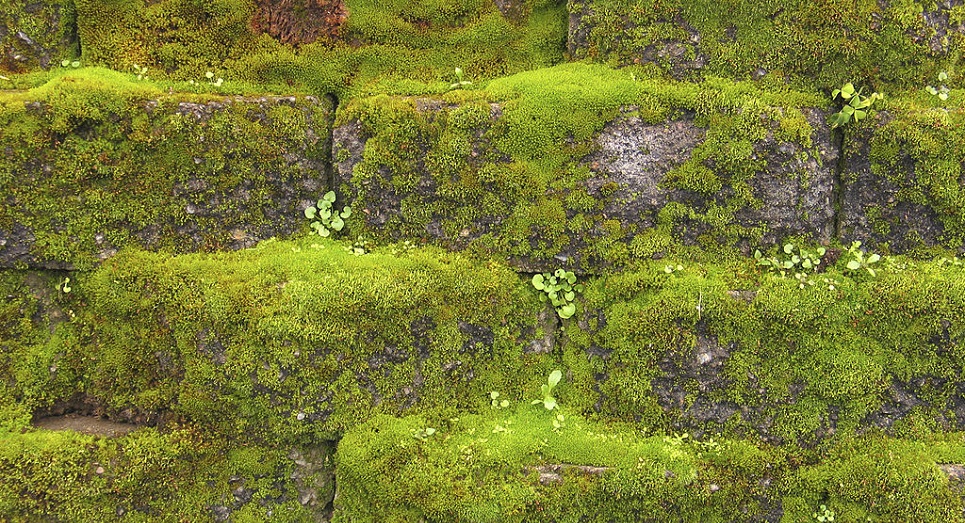
In the sky, it starts with plants. For the most part, if you want to create an ecological habitat, you need to cultivate an ecology that birds will recognise. For now, that involves planting native trees and shrubs in gardens and parks, but someday there might be more. Engineers are working on “bioreceptive” concrete that encourages the growth of lichens and moss — with an eye towards one day developing a concrete to support larger plants. Buildings could one day become vertical prairies.

This is not just for aesthetics. Urban beekeeping has become more and more popular. Those who are lucky enough to have gardens in a city can enjoy pollinators perpetuating their flowers, and beekeepers can go up to rooftop or park hives and enjoy the honey. Unfortunately, there’s only so many bees a city can support — and heavily populated areas are coming up short. More flowers means more bees.
And that means more bats and more birds. Cities aren’t as rough on bats as one might think. Sometimes they are better than farmland. One study found that “heterogeneous urban landscapes may represent islands of habitat for some bats within larger landscapes dominated by intensive agriculture.” In other words, a bat is more likely to thrive in a city with a variety of native trees, a shrub-lined creek or two, and a decent amount of flowers to support bugs, than it is to thrive in 72 square kilometres of cornfields. From New Zealand to Cardiff, groups are putting up “bat-boxes”, the bat equivalent of bird houses, to make bats more at home in urban landscapes.
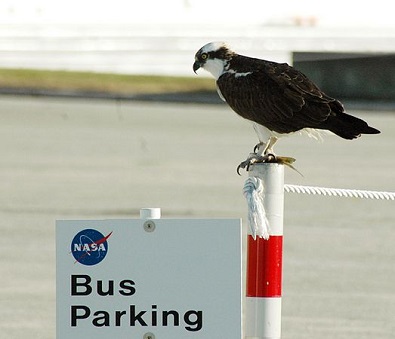
If we can’t provide trees for birds, we can provide architecture. According to the US Audubon Society, chimney swifts need hollow trees in which to build their nests. Failing that, they need old chimneys. And failing that, people can build “swift towers”.
They can also build “osprey towers”, for these birds of prey to nest in. They can leave up (or seasonally erect) dead trees, with hollows in them, so bluebirds and other smaller birds — which used to rely on disused woodpecker nest sites — can make their homes in there. And if we’re going to cover a building with lichen, why not give it a few hollows, holes, or platforms? Skyscrapers and quaint brick homes are lovely, but what could be more spectacular than a living green building, covered every spring by nesting birds?
Grounded birds need not be left out. One of the great success stories of the past several decades is the wild turkey. Nearly extinct in the wild and eradicated from most US states, it didn’t seem to have much of a future. Efforts to introduce domesticated turkeys into the wild went nowhere. But efforts to take the few successful wild turkeys that we have and introduce them into new places, with lots of foraging potential and relatively few poachers were incredibly successful. Turkeys have become suburban birds all across the United States and Canada. Although there are some complaints (turkeys tend to chase people and scratch up cars), a few turkeys might easily thrive in city parks.
As for the resident nuisances of most cities, pigeons and gulls, there are ways to deal with them as well. Peregrine falcons have been swooping around London, taking care of pigeons. To everyone’s surprise, they haven’t just survived, but moved to smaller towns as well. Young falcons, habituated to cities, seek out similar environments when they leave the nest. This means that not only can urban wildlife be self-sustaining, but by making one city a sanctuary for animals, we could be training animals to live in other cities as well.
Maintaining Urban Land
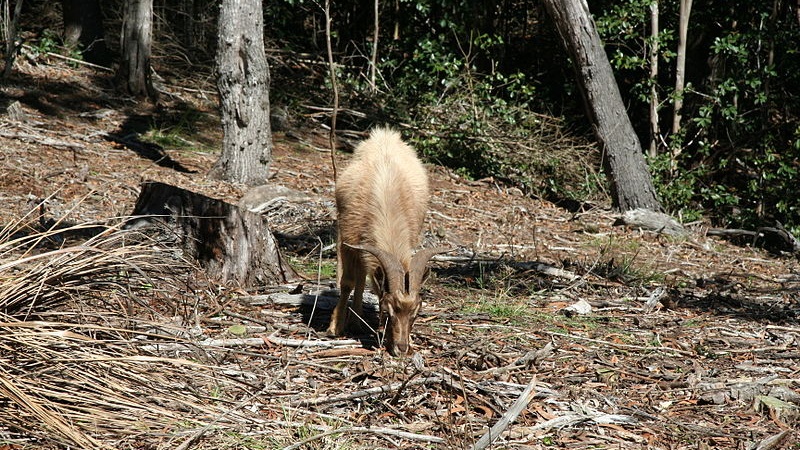
While not precisely “wild”, herds of goats and sheep are also becoming part of city landscapes. Chicago, San Francisco, and Cleveland have all deployed flocks of ruminants, all in different areas. Chicago’s sheep keep the airport clear. Cleveland herds graze along the highways — along with their guardian llama. San Francisco goats climb the steep, uneven, and bramble-covered hillsides beside some houses and eat any plant that grows there.
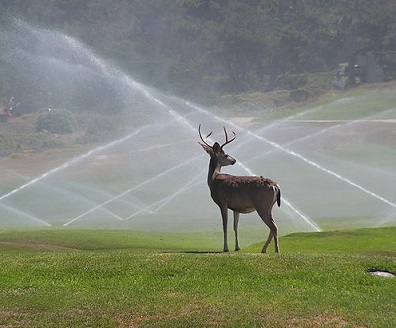
The tendency of ruminants to eat anything and everything that can’t run away is actually stopping the inflow of wild animals into some cities. Staten Island, for example, is getting overrun by deer. In a few years, the deer population on the island went from just over 20 to well over 700. This might not have been a problem if the island were a pristine paradise, but right now another conservation effort is underway to restore native plants. The last thing anyone wants, after spending hours clearing an area of invasive plants and replanting native species, is a big dumb brown thing tearing your work out by the roots.
Which brings us to the big problem of urban animals: there are not enough predators. We can fill cities with goats and rabbits and rats and even deer, but humans start to become understandably reluctant when it comes to introducing predators into the mix. Maybe they shouldn’t be. Maybe the predators are already here, and they’re doing a good job.
One study showed that coyotes, after having exhausted the suburbs, are pushing into cities. American city-dwellers might hear coyotes in their neighbourhood, but few have seen them — which is just what the study suggests. Coyotes avoided human contact whenever possible. What’s surprising is that they avoid human food as well. Chicago coyotes tend to eat birds, rats, squirrels, and rabbits — exactly the animals that can become pests in cities. Coyotes also eat deer, especially fawns. It’s not nice to think about, but if you want to control the local deer population, coyotes might be just the thing.
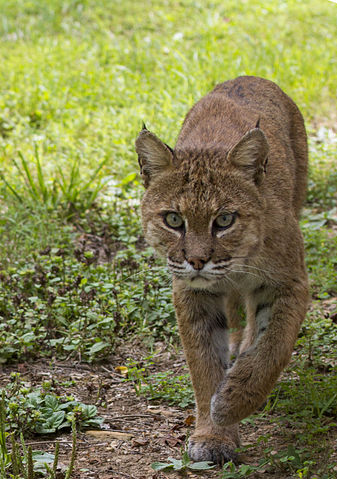
And if the coyotes don’t get them, bobcats might. Bobcats roam the freeway overpasses and golf courses of Dallas. Bobcats live throughout the rural, urban, and suburban areas of Arizona, and in the outskirts of San Francisco. Bobcats eat deer, and rats, and birds, and yes, occasionally pets. Like coyotes they usually stay away from humans as much as they can, even if it means curling up in a den all day and only coming out at night. Most neighbourhoods respond to bobcat encroachment with some community outreach education that boils down to — don’t feed or approach the bobcat, and you’ll be fine.
Cars are a big problem for predators, but one of the biggest threats to urban coyotes is anticoagulant poisons that we use to control the very animals that the coyote is meant to control. In 2007, the San Francisco Parks Department came under fire when poison bait killed a fox and two hawks in Golden Gate Park. There is something ridiculous about killing the things that are killing the things that we’re trying to kill.
There are few experts who are willing to institute programs which encourage low-level predators like bobcats and foxes. But who expected wild turkeys to make a comeback in the suburbs, or beavers and rafts of clams to save rivers? Maybe we simply encourage the growth of native plants and give animals places to hide during the day, and let our cities become their own ecosystems at night.
